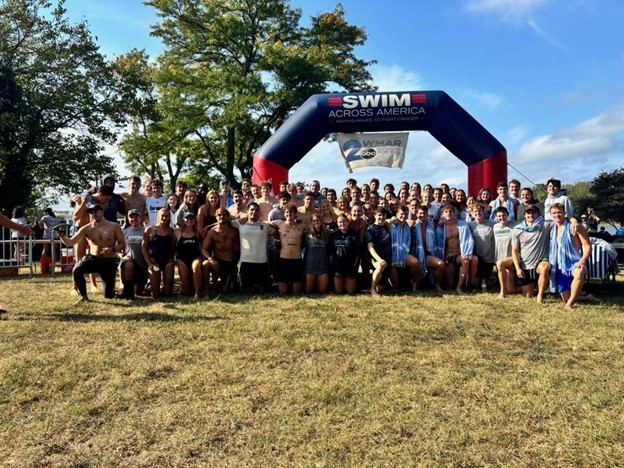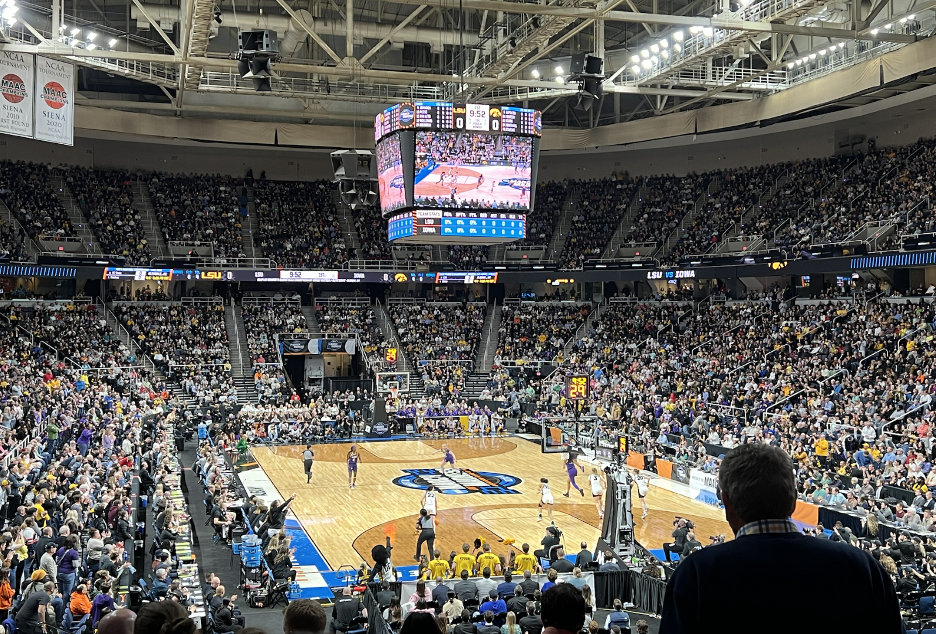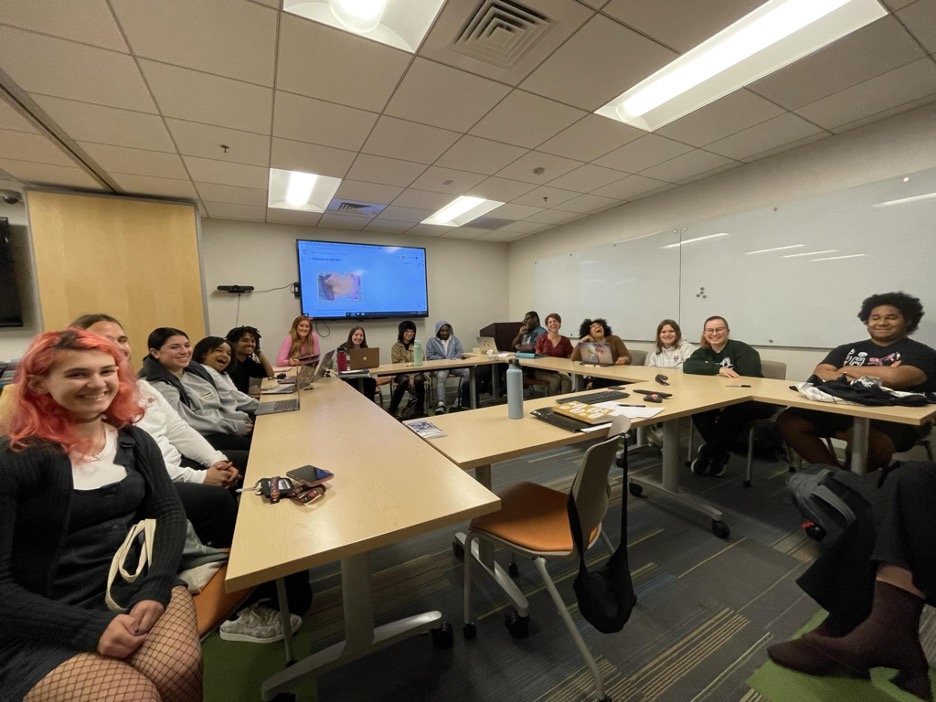When people think of Loyola, they usually think of lacrosse. The men’s team won the NCAA national title in 2012 and has been often ranked in the Top-20 weekly rankings. The women’s team has also had a tremendous record over the years, never having an under -.500 season. Also, both Loyola’s men’s lacrosse team and club lacrosse team rank high in their respective divisions.
One thing that NCAA lacrosse players always wear during games is chest protectors, and ever since 2018, there have been mumblings of new chest protectors coming into play to keep players safe. As of 2022, the NCAA and the Men’s Club Lacrosse Association (MCLA) have mandated that all players wear these new NCAA standard chest pads. Both organizations claim the new chest pads are a great way to keep players safe and active while playing lacrosse, where speeds of the ball could reach over 100 MPH.
After researching the pads, USA Lacrosse stated that “product compliance with ND200 reduces impact forces and thus the risk of commotio cordis (cardiac arrest due to a blow to the heart area).” ND200 is the world’s first athletic equipment performance standard to protect against commotio cordis for lacrosse players, developed by the National Operating Committee on Standards for Athletic Equipment (NOCSAE).
After Buffalo Bills’ safety suffered Damar Hamlin suffered cardiac arrest, this has been brought to attention even more. This means that these pads are put into place to keep players protected by commotio cordis. Two of Loyola’s Club Lacrosse players were asked if they think this extra pad is a superstition or the real deal.
One of the four captains of this club team, Dylan Kennedy ’23, said he was not a big fan of the new chest protectors initially.
“Honestly when I first tried them on, they were heavier than my pads now. They reminded me of the safety of football pads which I liked. Especially as a defensive midfielder, I see a lot of shots to the goal and I’m happy that there are better ways to protect my chest and my heart from commotio cordis,” Kennedy said.
Football pads have had this standard since 2015, so lacrosse is a bit late to the game on this. Next, we asked for single-sport athletes on the club team such as defensive midfielder, Riley McClure ’26. McClure said that this protector was a joke to him at first, but after learning its purpose, this was a matter of life and death to him.
“At first, I was annoyed with them, I thought they were a cash grab, it cost me $120. They are bulkier and more uncomfortable compared to normal chest protectors,” McClure said. “But now that I have got used to them, I don’t mind wearing them, especially knowing it could save my life one day.”
While McClure does not mind the bulkier pads, the bulkiness would limit the range of motion for an offensive player. Oliver Monteforte ’26, an offensive midfielder, offered his thoughts on if the new chest protectors are worth it.
Monteforte said, “When I had first handed them, I felt as though my range of motion would be limited but when I wore it in a game it did not change anything. But I feel as though it should be up to the person to decide, and it depends on the position.”
Monteforte thought that this matter of life or death should be decided by the person wearing the pad, not the company that makes money off them. Another captain of the club team, Josh Phillips ’23, was asked if he felt that it should be up to the player or the company to make this decision.
“I think that the companies should not be in any position to decide if we have to wear this pad to protect ourselves,” Phillips said. “Many leagues don’t wear a chest pad at all to protect themselves, like the PLL, so why should we have to change our ways so late into the game? I have been playing since I was 8 years old and have never had an issue, what changed?”
Featured Image Courtesy of Jake Bella.





















































































































